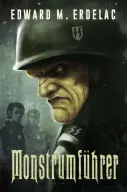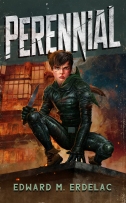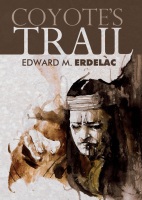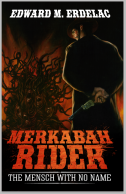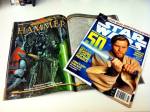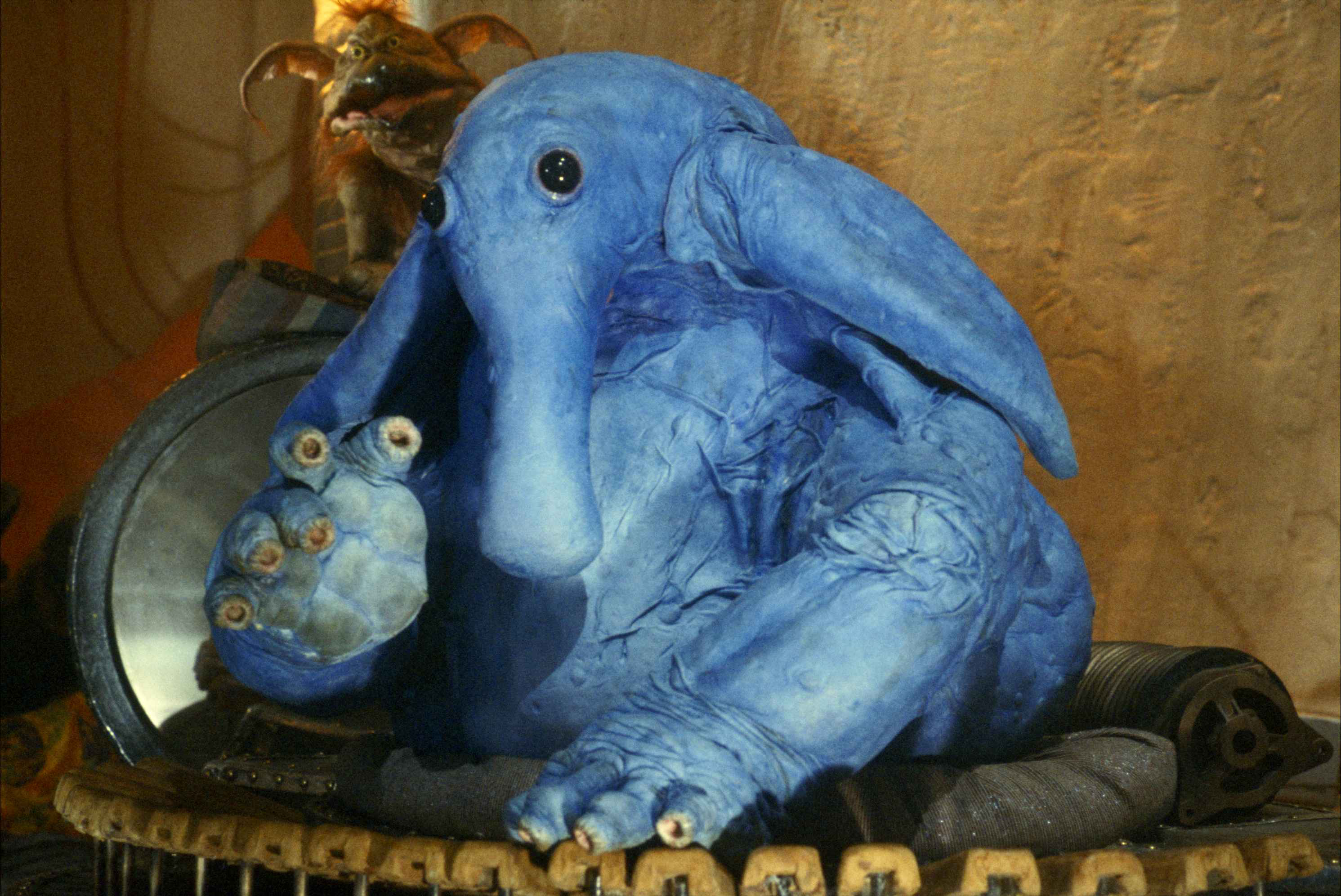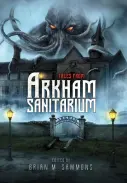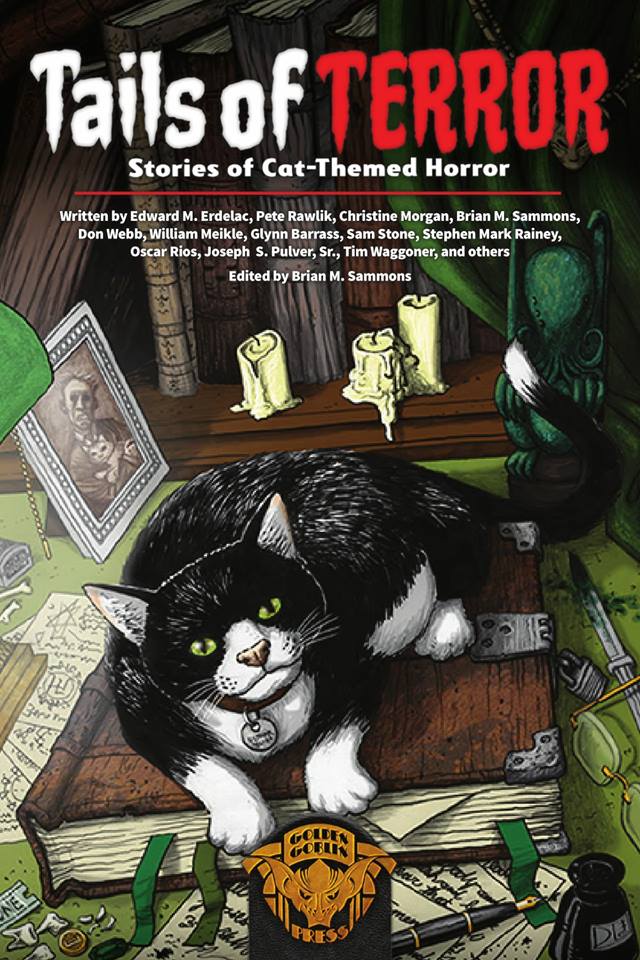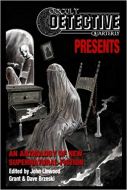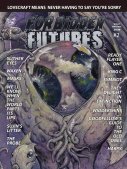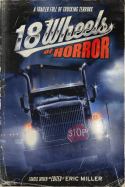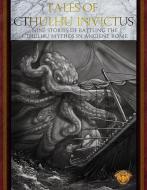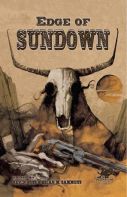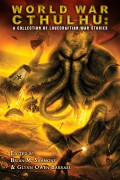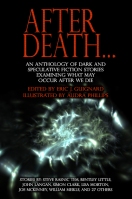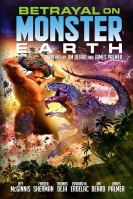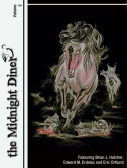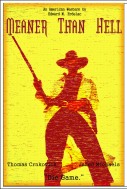Before I jump into this post, Chag Urim Sameach/Happy Hanukkah.
My gift to you is, first three readers to send an email to emerdelac (AT) gmail.com get a free e-copy of Merkabah Rider 3: Have Glyphs Will Travel in .epub, .mobi, or .pdf. Just state which you prefer. I’ll post on here when I get enough responses. (GIVEAWAY’S OVER, FOLKS. Thanks for looking – hope it was a happy holiday.)
Now on with the rest of the shew….
I like reading the thought processes and inspirations behind stuff I read by other authors. Joe R. Lansdale did this for his High Cotton collection, prefacing each story with a short bit about how it came to be. When I wrote for Star Wars I did something like this on the official blog, a sort of key to the easter eggs and references I put in the story for fans, something guys like Dan Wallace and Jason Fry still do on there.
Anyway, I’ve done one for each of the Merkabah Rider books, and it being Hankukah, felt like time to sit down and whip up one for the latest installment, Have Glyphs Will Travel, which came out at the beginning of December.
These might be partly spoiler-ific, so if you haven’t read the book yet, you might hold off and come back later.
Still here?
OK.
In Episode 9, The Long Sabbath –
Really not too much homaging in this one. The critters the turncoat riders put in the hapless adjutant and his scout are meant to be Mythos spawned of course, but they’re my own creation, sprung from me reading about the phenomenon of kamikaze ants and their last ditch method of defending their colony from invaders.
Cattle stampedes are the most harrowing, violent danger I can think of for an old-time cattleman, from what I’ve read and seen. The stampede scenes in Lonesome Dove and Red River have always stuck with me. The only thing I could think of worse than being in one was being immobilized in the middle of one.
There is one extra-Rider allusion. Abe Lillard, the Rider’s best friend from San Francisco, is meant to be the half-Jewish son of Tommy Lillard, a character portrayed by Harrison Ford in a western that was a huge inspiration for The Merkabah Rider series. I would assume Abe was named for Tommy’s best friend.
In Episode 10, The War Shaman –
Lots of history easter eggs in this one. It’s actually my favorite of the book as it was clearest in my head from start to finish and includes a cameo by some of the greatest of the Chiricahua Apache warriors, a people whom I have an unadulterated admiration for.
Goyaala is Geronimo of course, and stuttering Juh (pronounced ‘whoa’ if you were wondering), Vittorio and the warrior woman Lozen are all real individuals. Lozen’s purported seeing Power and the chant she uses to activate it was documented as well. As a matter of fact, all the named Apache are taken from historical record, even the outlaw Bedonkohe, Inya.
Faustus’ extra-dimensional origins have been delved into by me in an earlier post here….https://emerdelac.wordpress.com/2010/12/23/merkabah-rider-author-notes/
Of the various stories he mentions as being real, of course the whaler with the Indian figurehead is the Pequod of Moby Dick, the boy with the sword from the stone is intended to be Arthur, and the thirteen heroes with two hearts between them, well, you don’t need a ‘doctorate’ to know ‘who’ that is.
The company of cavalry Faustus, the Rider, Belden and Kabede meet on the road are commanded by Adna Chaffee, who was an actual Civil War veteran and later became a General, seeing action in the Chinese Boxer Rebellion and the Phillipine Insurrection.
Riding along with him is the famous German scout Al Seiber, who was General George Crook’s chief civilian scout during the Geronimo campaign. Tom, the boy accompanying him, is Tom Horn, the infamous range detective later hung for murder in Cheyenne,Wyoming (perhaps unjustly) and portrayed by Steve McQueen in the titular movie. Togo-de-chuz and his ‘kid’, the Apache scouts Seiber mentions as his preferred companions, were real Apache scouts, the ‘kid’ being Has-kay-bay-nay-ntayl, later known as ‘The Apache Kid.’
The Apache Kid was an interesting character who was a longtime friend (and very nearly a surrogate son) of Seiber. When a drunken scout killed his father, the Kid retaliated and became an outlaw. He surrendered to the Army and was sentenced to a year in Alcatraz and later Yuma Territorial Prison, the latter of which he is one of the only known escapees from. He and three others overpowered some guards and fled into a snowstorm, never to be seen again. One of his pursuers was future author Edgar Rice Burroughs, then a member of the seventh cavalry!
Nacozari and the Moctezume Mining Company are both real, but the existence of the Apache stronghold of Pa Gotzin Kay is debatable. It’s tangled up with the story of the Lost Adams Diggings, a legendary gold vein, also the inspiration for MacKenna’s Gold. I’ve moved it from the traditional location of New Mexico.
Oh there’s lots of Lovecraftian stuff in this one as well. Misquamicus of course, also the subject of Graham Masterton’s great Manitou series of novels. I’ve made him a sort of endless being, on par with his brother, and tied him into most of the major Native American doings from the dawn of recorded history and on that I could find, from the early treacheries of Cortes to the Maroon rebellion in Jamaica, where I had read some of the captive Indians involved in the burning of Providence, Rhode Island had been shipped off as slaves, and I imagined Misquamacus would have found work to his liking. The Sand Creek Massacre was one of the worst acts of genocide enacted by the United States against the native populace. It was actually the basis for the original weird western stories I wrote in high school, some of which evolved into Merkabah Rider.
Misquamacus’ dealings with the Billington clan of New England are documented in Lovecraft’s The Lurker At The Threshold, where his devotion to Nyarlathotep and conjuring of Ossodagowah are both mentioned.
The supernatural aspects of the bad guys who side with Misquamacus are mostly my own invention of course, though the Pawnee did at one time practice a somewhat infamous human sacrifice ritual, and the Tonkawas did believe they were descended from wolves. Any misrepresentations are of course my own fault, but I make no apologies portraying skinwalkers in a negative light. I don’t think any Navajo would take issue with it.
The Rider’s likening his claustrophobia to the various mental afflictions of an old friend from his yeshiva in San Francisco named Aloysius Monkowitz is a shameless (or perhaps shameful) allusion to a probable ancestor of a certain neurotic modern day San Francisco detective with a similar name of whom I’m a fan.
In Episode 11, The Mules of The Mazzikim
This is another one short on easter eggs, but there are a couple.
The scalp the Kwtsan Indian tries to sell the Rider on the bridge going into Yuma is the scalp of Joe (John Joel) Glanton, the leader of the band of vicious scalphunters hired by the Mexican government to collect bounties on Apache Indian scalps in the 1840’s and vividly portrayed in one my favorite novels, Cormac McCarthy’s Blood Meridian or, An Evening’s Redness In The West. Glanton and his gang took over the ferry over the Gila River at Yuma and regularly robbed and extorted crossers. They were later slaughtered by the Kwtsans on that spot.
The Rabbi Belinski the Rider mentions as having overseen his bar mitzvah was the aforementioned Tommy Lillard’s best friend, a rabbi who once undertook an amazing journey across the west to deliver a Torah scroll to San Francisco.
The lawman, Marshal Books, who arrests the Rider is the same ailing Books (or perhaps the brother of) who years later has it out on his birthday in an El Paso(or perhaps Carson City) saloon with several of his nemeses.
In Episode 12, The Man Called Other
Every aspect of Yuma Prison I could realistically portray I did, from the color of the cots to the processing of prisoners, to the rings in the floor and The Dark Cell. I visited what’s left of the place last year and the museum that sits on the site. Judge Berry was real, and the warden of the time was the real guy, Captain C.V. Meder (though not the acting warden, obviously).
In Episode Thirteen, The Fire King Triumphant
The title of The Fire King Triumphant is paraphrased from the headline of the Tombstone Epitaph (‘The Fire King Reaps A Harvest’) about the May 1882 fire that actually swept through the town of Tombstone. It really did start in the outhouse behind Tivoli’s as depicted. If you get yourself a street map from the time, I’ve done my best to keep the layout of the story true to the town.
W.W. Spates appeared in the last book, and I talked about the inspiration for him. His colleague, the linguistic expert Warren Rice is intended to be a younger version of the silver haired linguist who accompanied Harry Armitage in The Dunwich Horror.
China Mary, the shrewd entrepreneur with ties to the Chinese Benevolence Society (or tong) in Tombstone, was a real lady, as was her Can Can Chop House. The word her man uses to describe the amorphous beasties in Lepsy’s barrels is hundun, which does mean dumpling, or wonton, but also refers to a legendary faceless, formless beast from Chinese folklore. The hundun is primordial chaos, a lump of flesh or thunder egg from which creatures of reality are born, or a featureless creature lacking the seven openings which mark humanity.
The villain of this story Lepsy himself is a reference to a ghost story from Dudleyville or Pinal, Arizona. Lepsy supposedly did hire Chinese workers and burn them as remuneration. When a sheriff and his posse went after them, Lepsy did the same for him. In the canyon where these crimes supposedly occurred, you can see scorch marks and smell burnt flesh.
Camillus Sydney and Mollie Fly did own the photography studio in Tombstone at 312 Fremont Street. On October 26 1881 the Gunfight at the OK Corral took place in the alley between his boarding house out back and the next house over, and it was inside his place that Ike Clanton and Sheriff Johnny Behan took cover.
Fly and Mollie both took photographs in their studio and abroad, Mollie being one of the most prominent female photographers of her time. Fly took the famous photos of the Billy Clanton and the McClaurys in their caskets. Fly also accompanied Crook to Canyon de Los Embudos in 1886 and took pictures of Geronimo in the field – the only photographs of Native Americans actively engaged in resisting the US government.
Finally, Moon Fugate and his peculiar pigmentation condition are a reference to the famous Blue Fugates a hill clan from Hazard, Kentucky, born with methemoglobinemia or met-H, a genetic blood disorder which results in blue skin.
That’s about all this time out, kiddies. Whew!
Soon, news about the final chapter in the Merkabah Rider saga. It’ll be something special.
Don’t forget the giveaway.
Happy holidays, whichever holiday it may be, and good new year on you.
-Hasta pronto,
EME





















